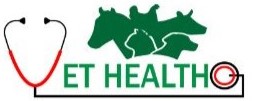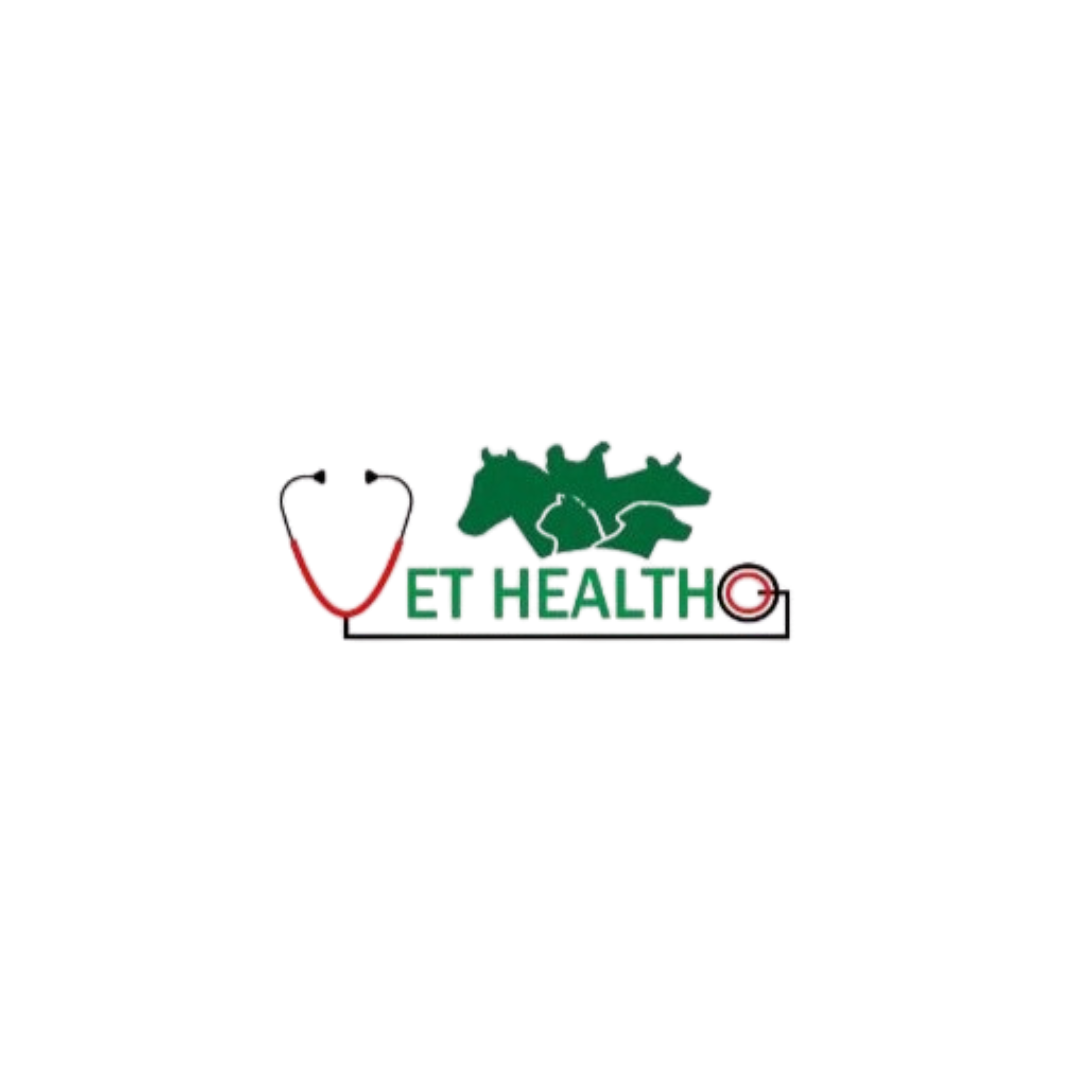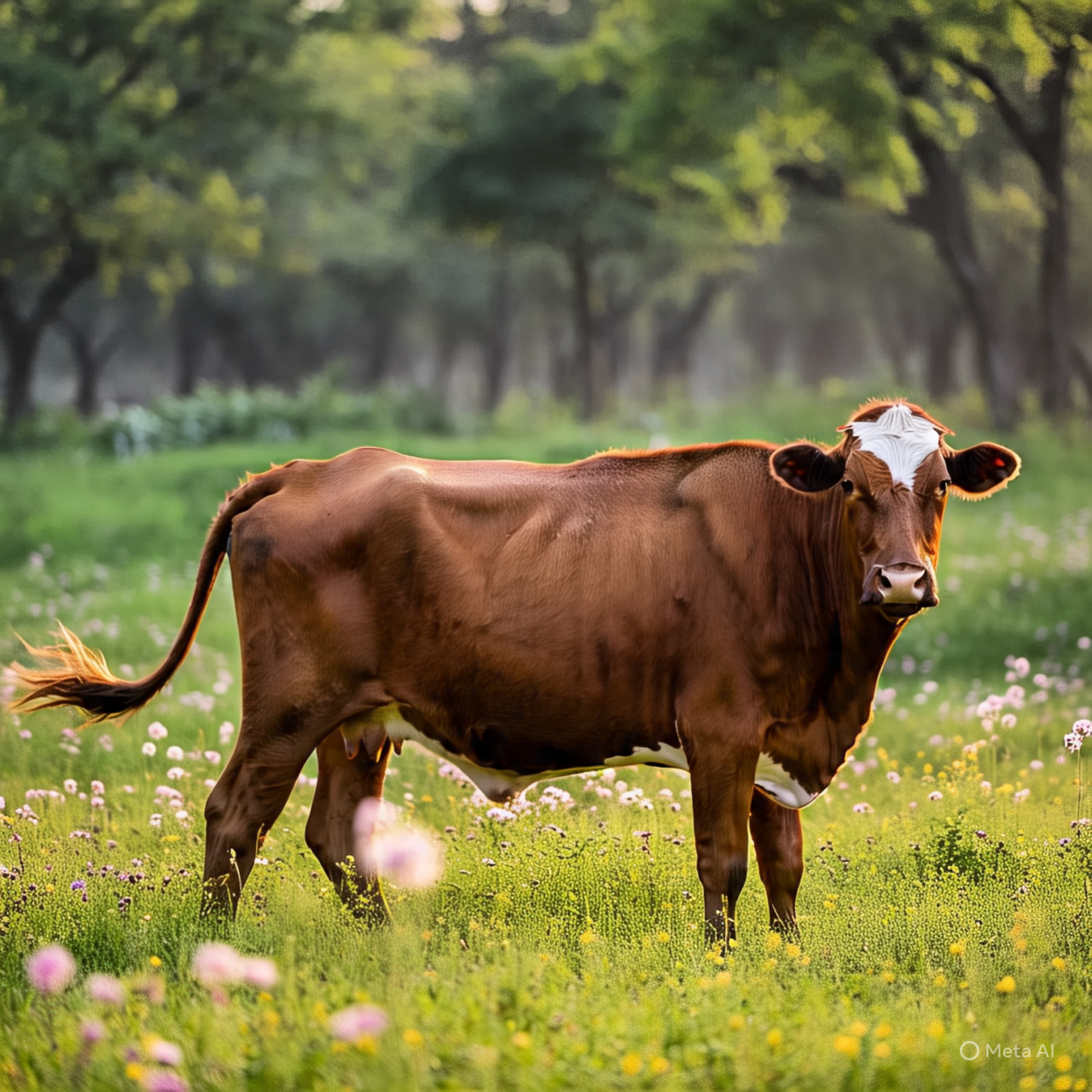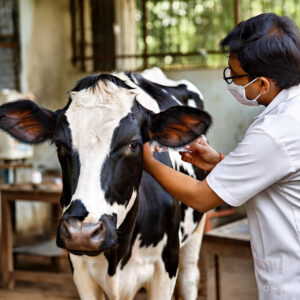Best practices for milking cows are essential for healthy udders and high milk yield. Cleanliness, routine, and comfort directly impact cow welfare and dairy profitability.
“By following the best practices for milking cows, farmers can reduce infections and increase yield.”
“Training staff in the best practices for milking cows ensures consistent and hygienic handling.”
“Experts suggest adopting the best practices for milking cows right from the early lactation phase.”
1. Importance of Hygiene
Clean udders prevent bacteria and mastitis
Use a pre-dip sanitizer before milking.
Allow 60–120 seconds before attaching milking units .
Clean teats post-milking with dip or spray.
Sanitize equipment daily to avoid contamination
2. Cow Comfort & Nutrition
Provide clean bedding for lying time
Allow at least 5–6 hours of rest daily for rumination .
Rotate grazing paddocks for fresh forage
Feed balanced rations—carbs, proteins, minerals
3. Milking Routine
Milk cows at consistent times every day
Use pre-stimulation to trigger milk let-down
Gently attach suction cups, then detach by twisting the claw
Ensure thorough milk removal to reduce mastitis risk .
4. Equipment Maintenance
Clean liners, hoses, and pumps with detergent and hot water.
Check vacuum levels daily for consistent performance
Replace worn parts promptly to prevent injury and contamination.
5. Mastitis Prevention
Monitor somatic cell counts (SCC) regularly
Isolate infected cows and treat as directed
Maintain dry, clean environment to minimize bacterial exposure .
6. Milking Systems Options
Manual hand-milking suits small herds
Parlors increase efficiency for larger herds
Rotary parlors handle high volume quickly .
Robotic milking gives autonomy and data tracking
7. Animal Identification & Tracking
Use RFID tags or biometric tools for individual monitoring
Track milk yield, health, mastitis risk for each cow.
8. Staff Training & Checks
Train workers on hygiene, cow handling, and equipment use.
Post SOPs in parlors to ensure consistent care
Conduct regular performance audits and feedback.
9. Milk Handling After Milking
Store milk quickly in refrigerated bulk tanks .
Test for contaminants before transport f
Disinfect tank and piping after each collection round.
10. Animal Health & Pasture Management
Provide exercise areas and pasture rest with rotational grazing
Schedule veterinary care for routine checks and disease prevention.
Ensure proper ventilation to reduce airborne pathogens.
11. Benefits of Best Practices
Higher milk quantity and quality.
Lower mastitis and health costs.
Improved farm profitability with premiums
Better cow welfare and consumer trust.
12. Common Mistakes to Avoid in Milking
Avoid skipping pre- and post-dipping.
Never rush the milking process.
Do not milk dirty or wet teats.
Avoid over-milking—it stresses the udder.
Neglecting machine maintenance leads to injuries.
Do not use damaged rubber liners.
Avoid milking stressed cows—they produce less milk.
Ensure all staff follow the same procedure.
Poor handling may cause mastitis or lameness.
13. Role of Teat Health in Milking Efficiency
Healthy teats improve milk flow and reduce infection.
Cracked or swollen teats need immediate care.
Use soft, non-abrasive cloths during cleaning.
Apply soothing balm if teats are dry.
Avoid overuse of chemicals on skin.
Rotate teat dips to prevent bacterial resistance.
Record and monitor changes in teat condition.
Dry cows off properly to heal teats.
14. Seasonal Adjustments to Milking Routine
In summer, increase water availability.
Provide shade or fans during heat.
In winter, warm udder wash water.
Use indoor parlors to avoid cold stress.
Adjust feed for changing energy needs.
Maintain clean bedding during rains.
Adapt grazing patterns based on forage.
Monitor health closely during seasonal shifts.
15. Use of Technology in Modern Milking
Sensors monitor milk flow and cow health.
Automated teat spray systems save labor.
Smart apps track yield per cow.
CCTV helps supervise milking routines.
Dairy software alerts mastitis risks early.
RFID tags help locate individual cows.
Data helps farmers improve performance.
Robots reduce human error in milking.
NMC: The Global Milk Quality Organization – NMC: The Global Milk Quality Organization




